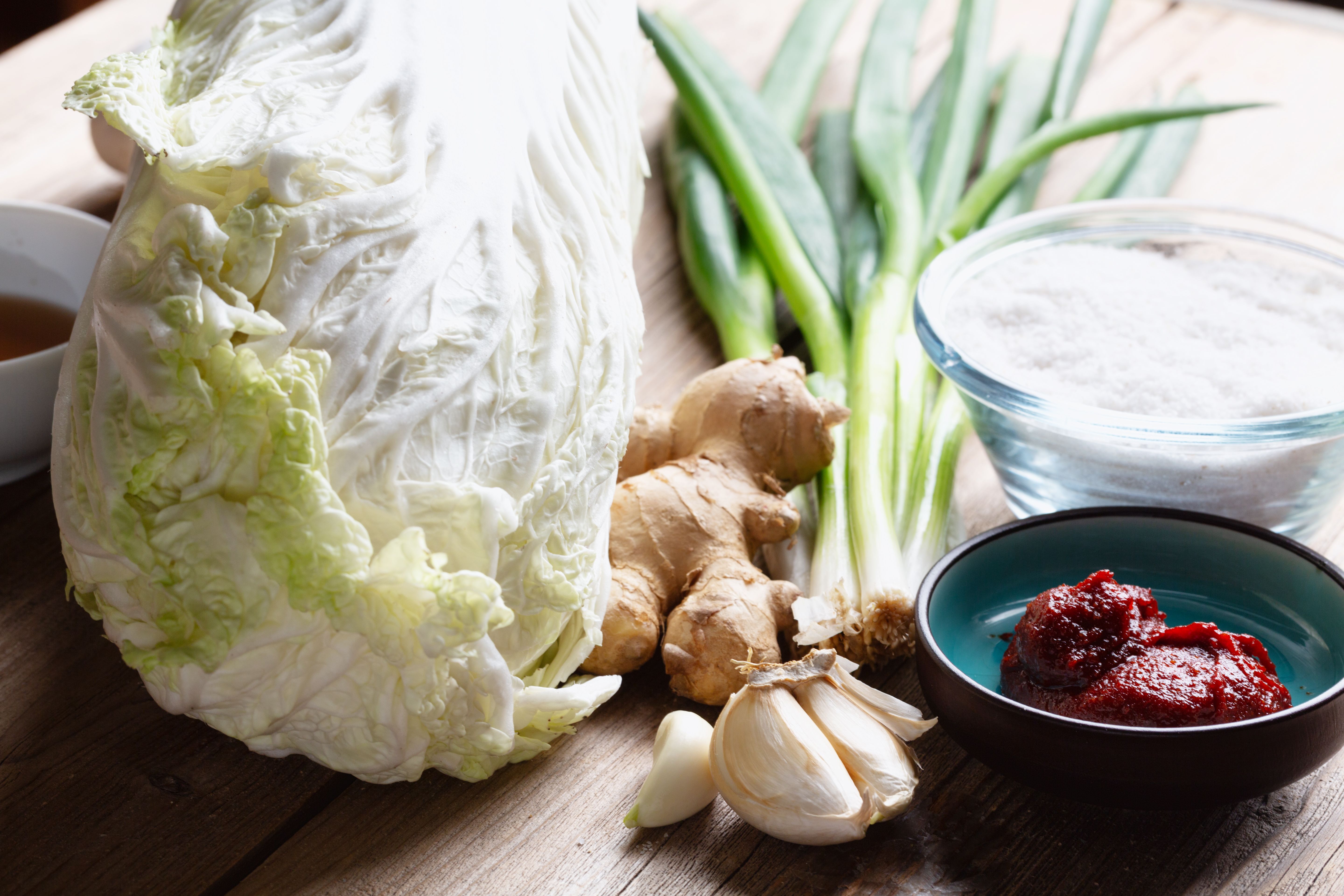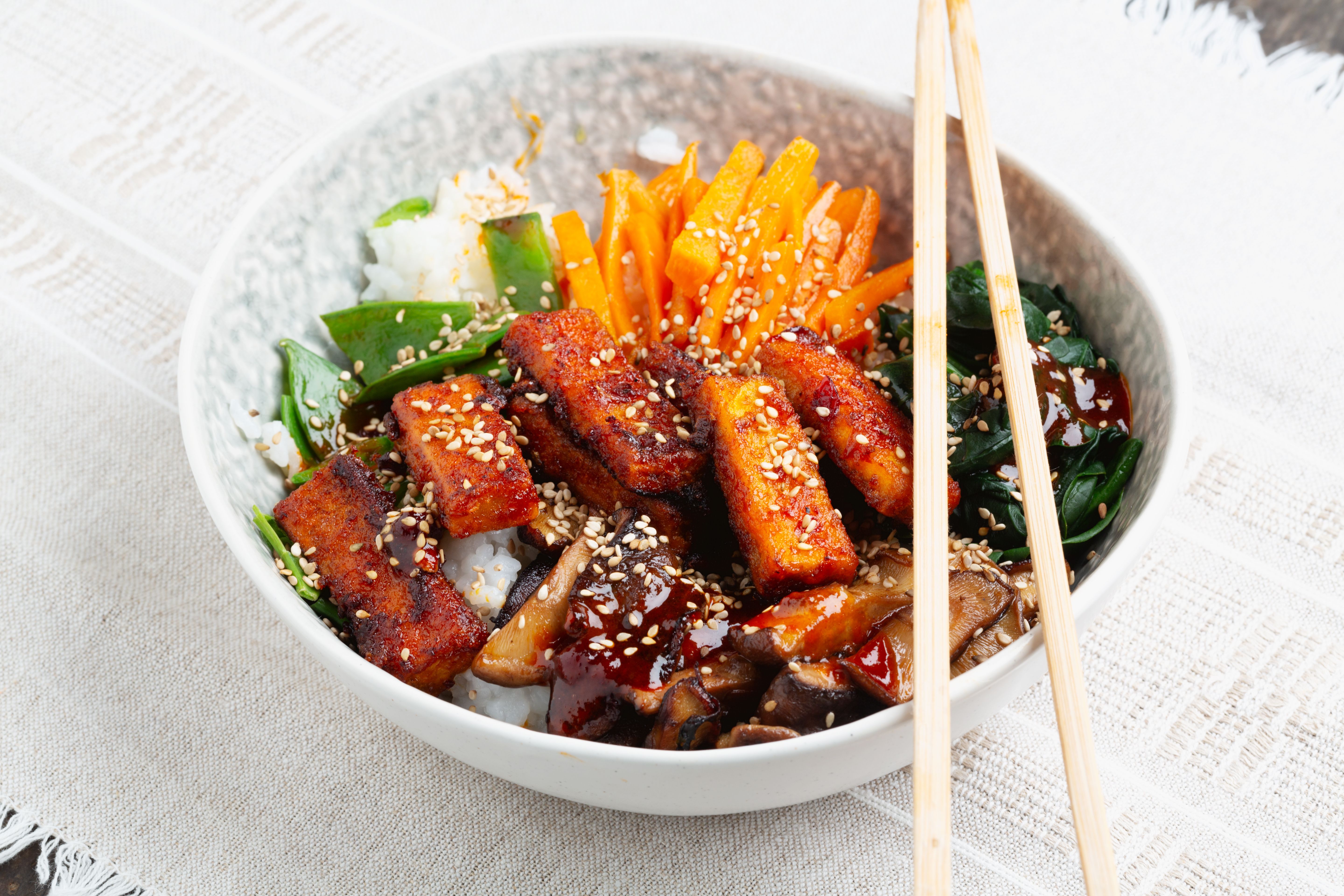Discovering Bulgogi: Korea's Sweet and Savory Delight
Introduction to Bulgogi
Bulgogi, a beloved dish in Korean cuisine, tantalizes taste buds with its unique combination of sweet and savory flavors. This delectable grilled meat dish has won the hearts of food lovers worldwide, thanks to its rich history and mouthwatering taste. Whether you're a culinary adventurer or a lover of traditional dishes, discovering bulgogi is a journey worth undertaking.
The word "bulgogi" translates to "fire meat," aptly describing the method of cooking thinly sliced marinated beef over an open flame or on a grill. This technique allows the meat to retain its juiciness, while the marinade infuses it with a delightful blend of flavors.

The Origins of Bulgogi
Bulgogi has deep roots in Korean history, dating back over a thousand years. Originally enjoyed by Korean royalty, this dish has evolved over time to become a staple in everyday Korean households. The marination process, which typically involves soy sauce, sugar, sesame oil, garlic, and pepper, was developed to enhance the natural flavors of the meat and tenderize it.
As Korean culture spread globally, bulgogi followed suit, adapting to local palates while maintaining its core characteristics. Today, you can find variations of bulgogi that incorporate different meats, such as chicken or pork, catering to diverse dietary preferences.
The Art of Making Bulgogi
Creating the perfect bulgogi involves mastering the balance between marination and grilling. The secret lies in the marinade, where each ingredient plays a crucial role. The soy sauce adds saltiness, sugar brings sweetness, sesame oil imparts nuttiness, and garlic introduces a hint of spice. Together, these elements create a symphony of flavors that define bulgogi.

Grilling is another key aspect of making bulgogi. Traditionally, the meat is cooked on a Korean barbecue grill, allowing it to sear quickly and lock in the marinade's essence. For those without access to a grill, a hot skillet can also work wonders, ensuring the meat remains tender and flavorful.
Serving Suggestions
Bulgogi is often served with an array of side dishes known as "banchan," which can include kimchi, pickled vegetables, and steamed rice. These accompaniments not only complement the flavors of bulgogi but also add texture and variety to the meal.
- Kimchi – Fermented cabbage with a spicy kick.
- Pickled radish – A crunchy and tangy delight.
- Steamed rice – The perfect base to soak up the flavorful juices.
Bulgogi Variations
While beef is the most common choice for bulgogi, variations using different proteins have become increasingly popular. Chicken bulgogi offers a leaner alternative with a slightly different flavor profile, while pork bulgogi provides a richer taste.
For vegetarians, tofu can serve as an excellent substitute. Marinated in the same flavorful sauce, tofu bulgogi retains all the deliciousness of its meaty counterparts while catering to plant-based diets.

Conclusion
Discovering bulgogi means exploring the rich tapestry of Korean culinary tradition. Its ability to blend sweet and savory elements into a harmonious dish is what makes it so beloved worldwide. Whether enjoyed at a bustling Korean barbecue restaurant or prepared at home, bulgogi promises a delightful experience for all who partake in its flavors.
